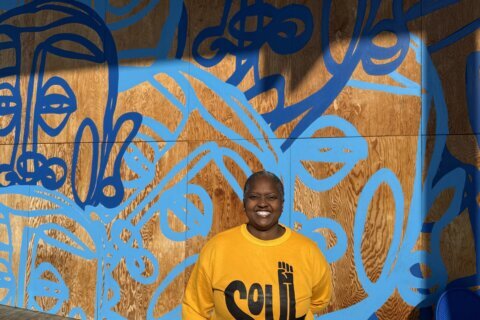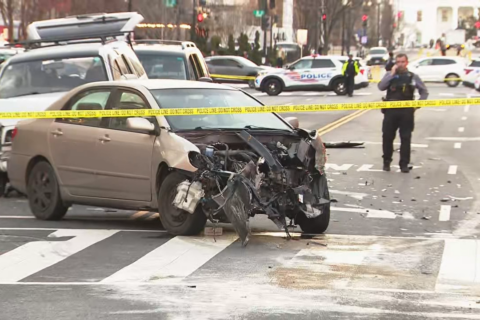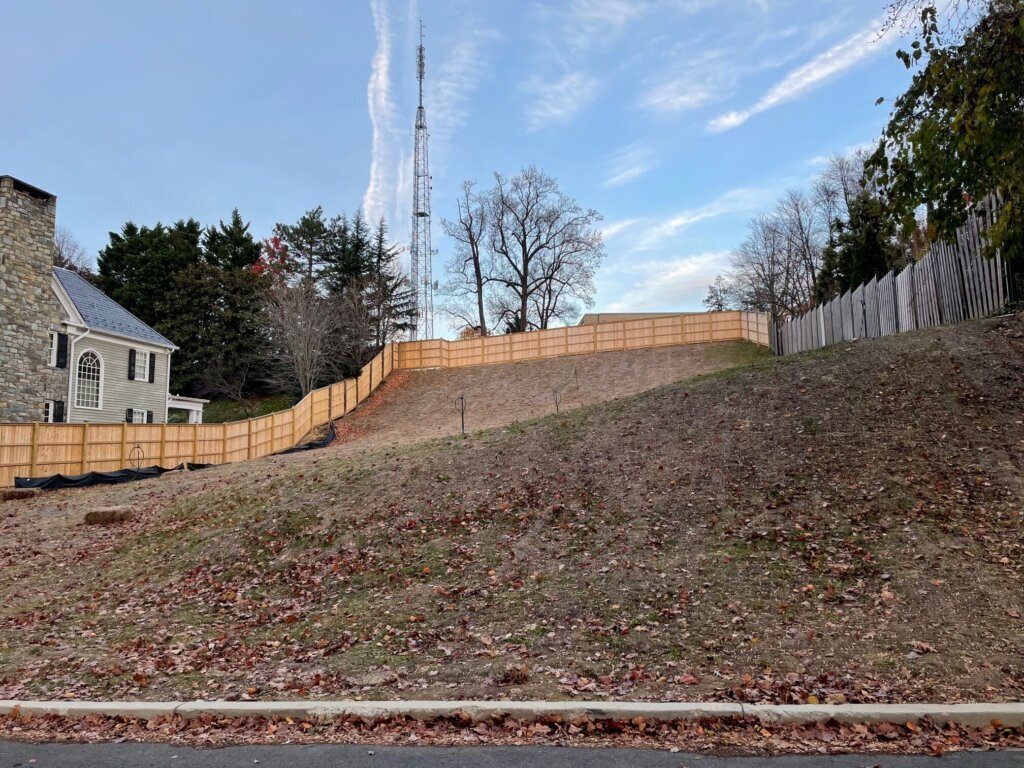
After decades of efforts, the U.S. Army Corps of Engineers said Tuesday that cleanup at the site in Northwest D.C. along Glenbrook Road, where World War I chemical weapons were tested and disposed of, is complete.
“This exemplary cross-functional team was tasked to clean up and restore a residential property containing one of the most unique burials of discarded World War I experimental chemical warfare agents known in the U.S.,” Baltimore District Commander Col. Estee Pinchasin said in a statement. “Make no mistake — during the war, there was no military research more urgent or secret than what took place in this corner of the District.”
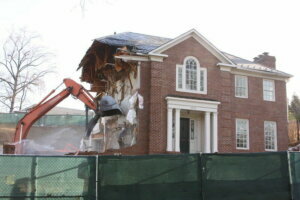
The project in the Spring Valley neighborhood at 4825 Glenbrook Road NW — part of a larger area known as the American University Experiment Station, and once called the “mother of all toxic dumps” — started in 1993, when a contractor unearthed buried military ordnance on nearby 52nd Court NW.
Digging and research indicated the likely presence of mustard gas and lewisite — an arsenic-containing blister agent.
The property was tested between 2007 and 2010, and the decision was made in 2012 to remove the house at the site.
Starting in 2013, the Army Corps of Engineers began excavating under the house’s foundation. The work was done under a huge high-tech enclosure, which prevented chemicals from escaping into the neighborhood.
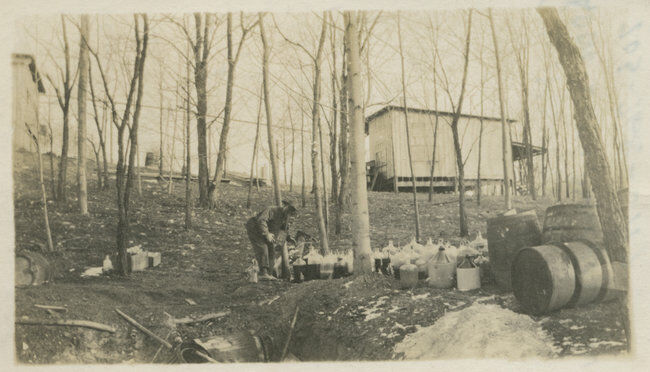
Over the years, there had been some setbacks. In 2017, seven workers were sickened and temporarily hospitalized during the cleanup.
By the end of the project, the Army Corps of Engineers said it remediated, removed or recovered 556 munition items (23 of them filled with chemical agents), more than a ton of laboratory debris, 53 intact and sealed glass containers of chemical agent and 7,500 tons of contaminated soil.
“The historic 20-year milestone we celebrate today is a testament to this exemplary team’s development of strong partnerships and dedication to transparency and interactions with stakeholders, all while prioritizing the safety of the local community,” Pinchasin said. “This team’s dedication to hard work will live on for many years to come, contributing to the safety and wellbeing of not only the Spring Valley neighborhood and American University but the National Capital Region as a whole.”
More information on the project is available online.
WTOP’s Neal Augenstein contributed to this report.


